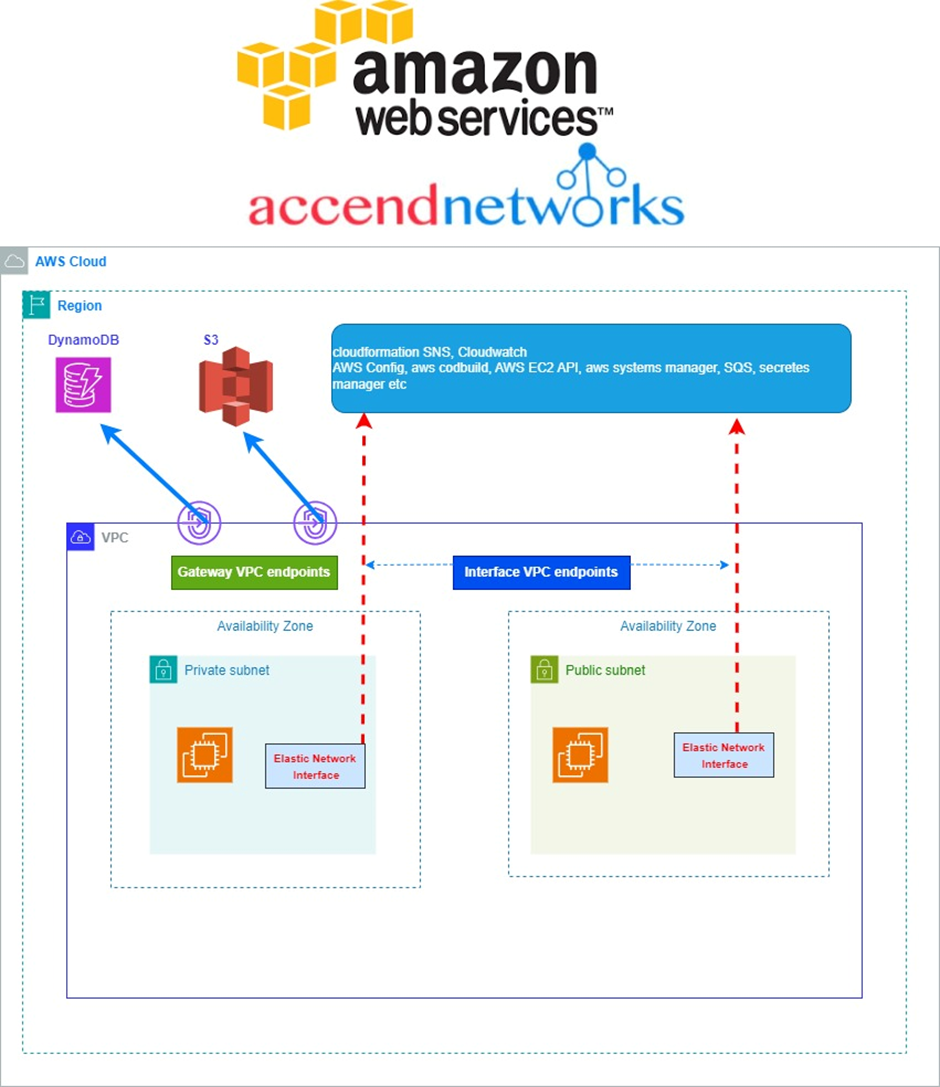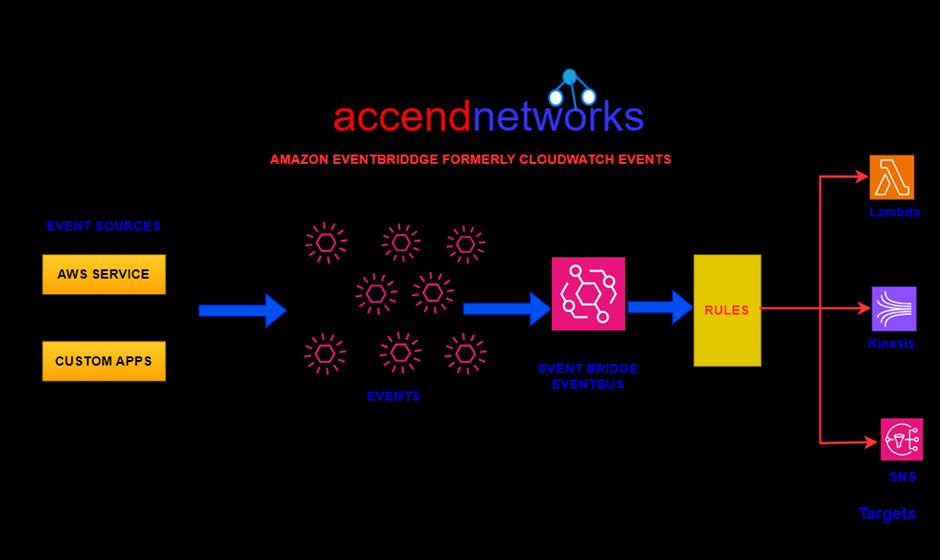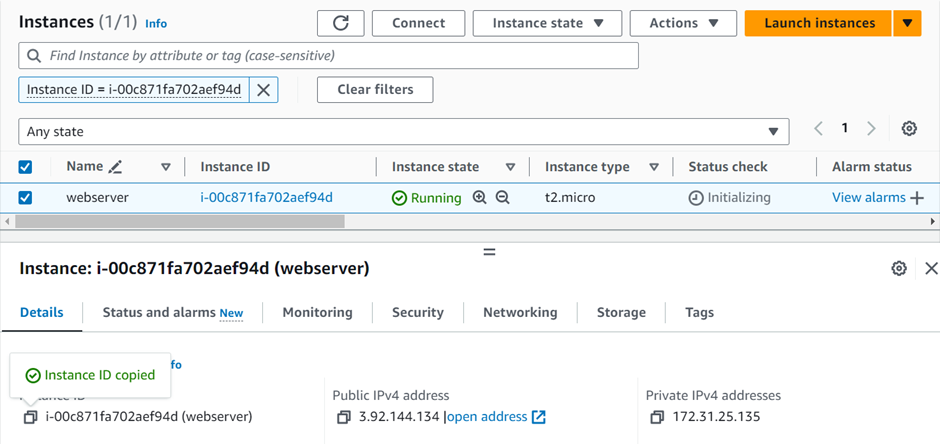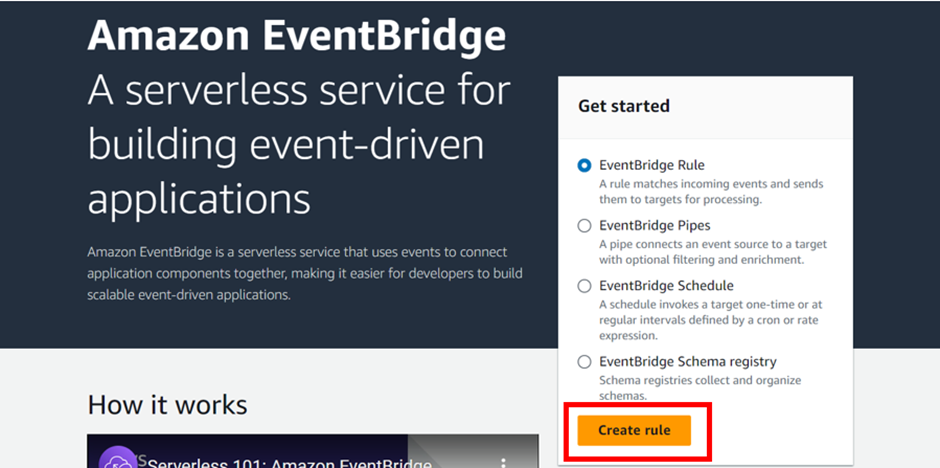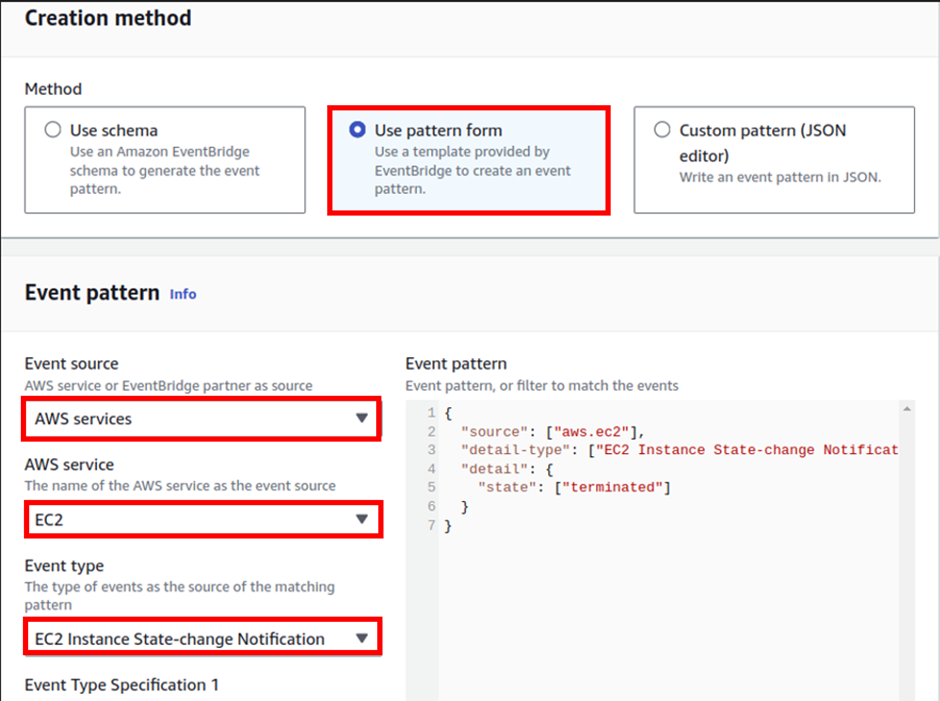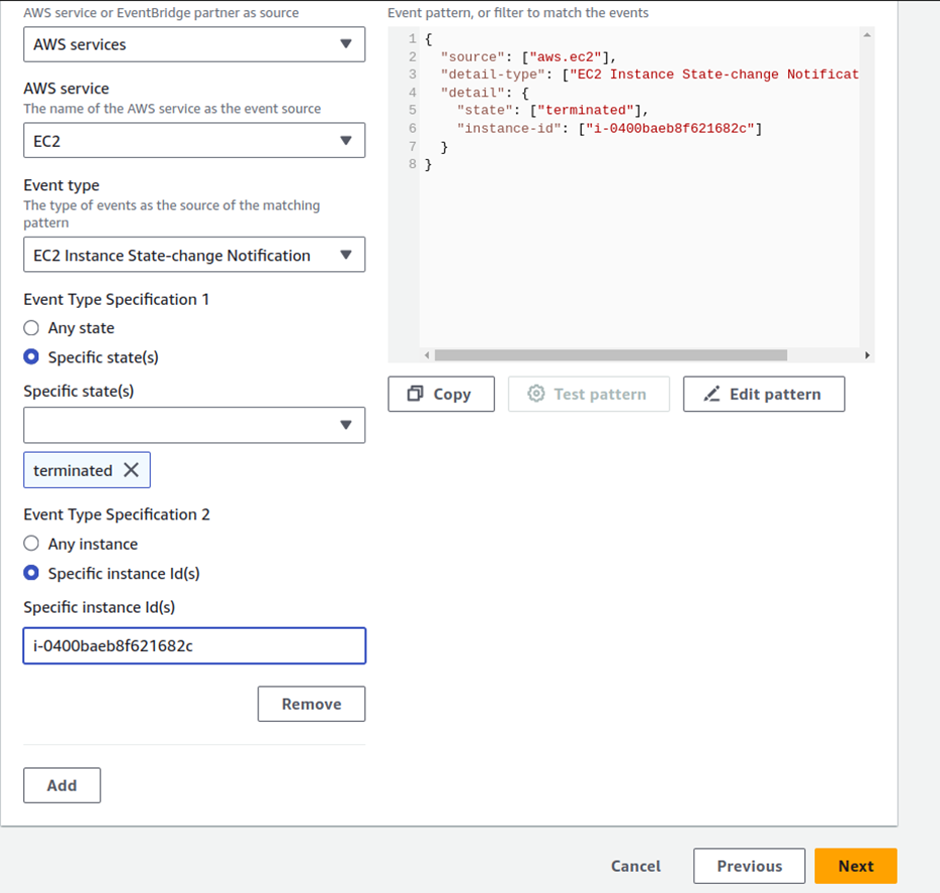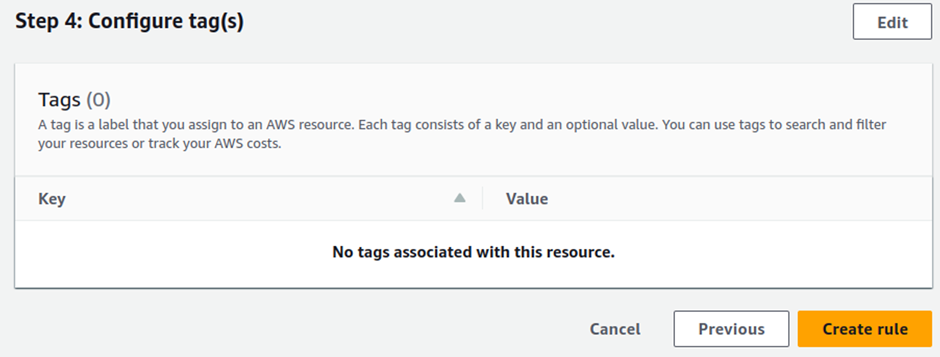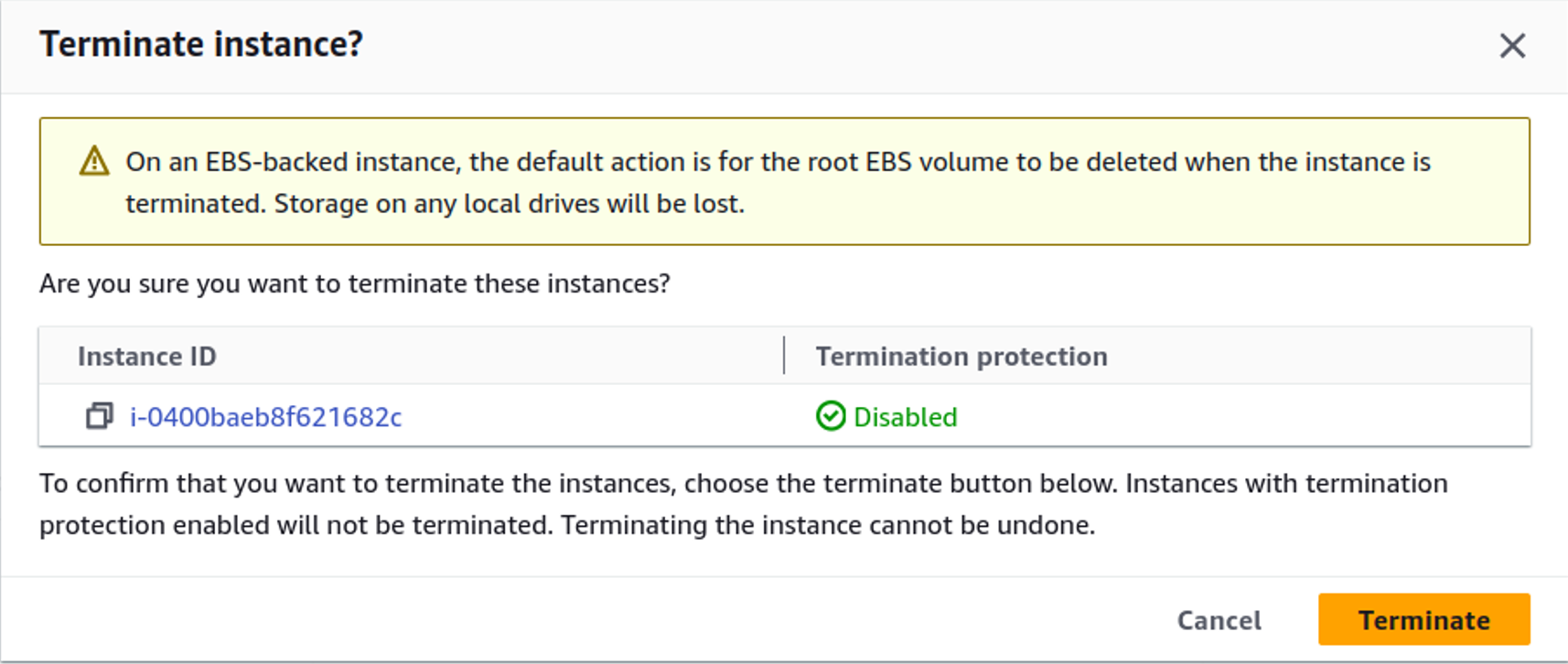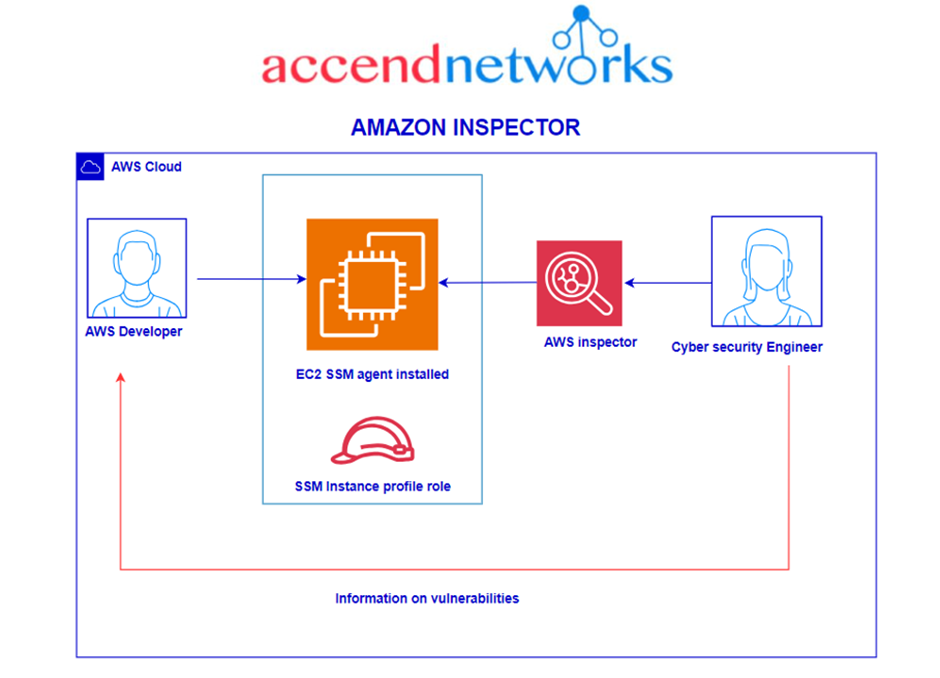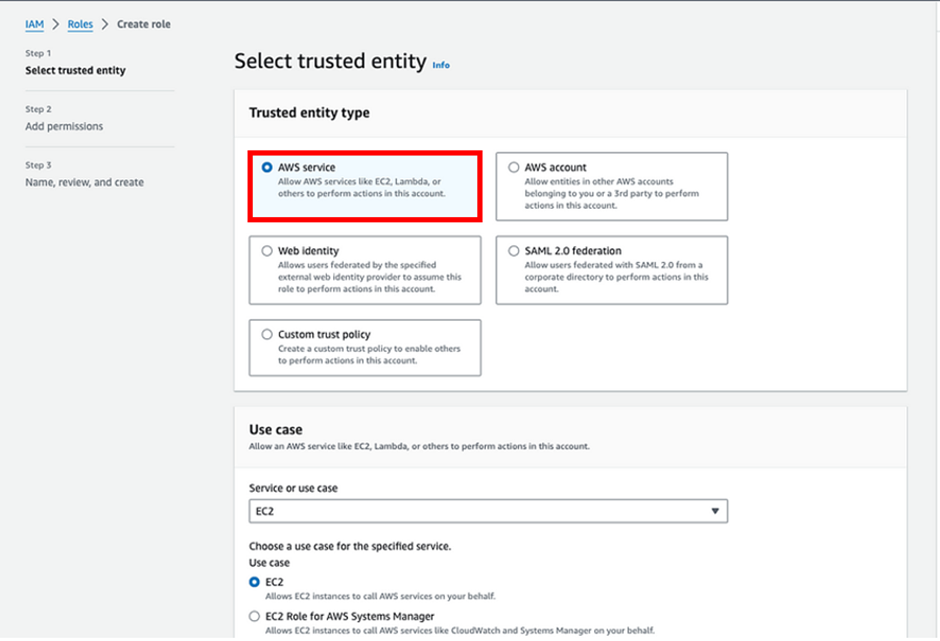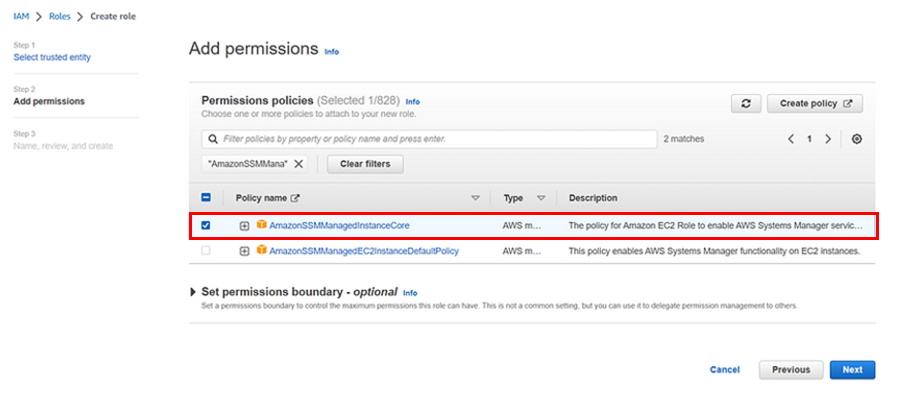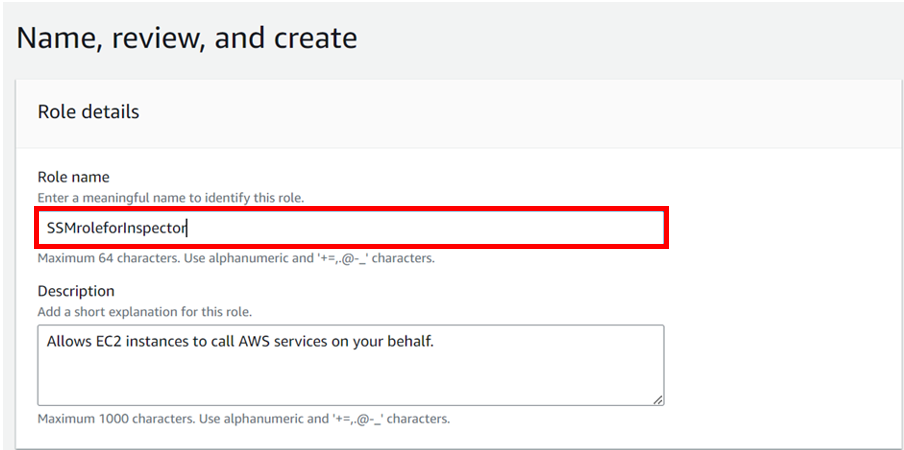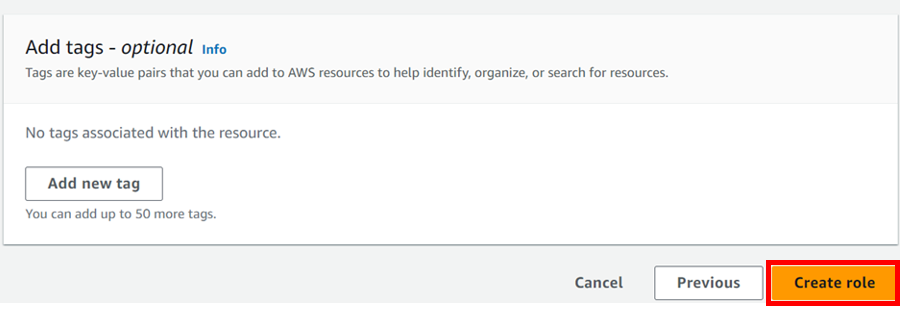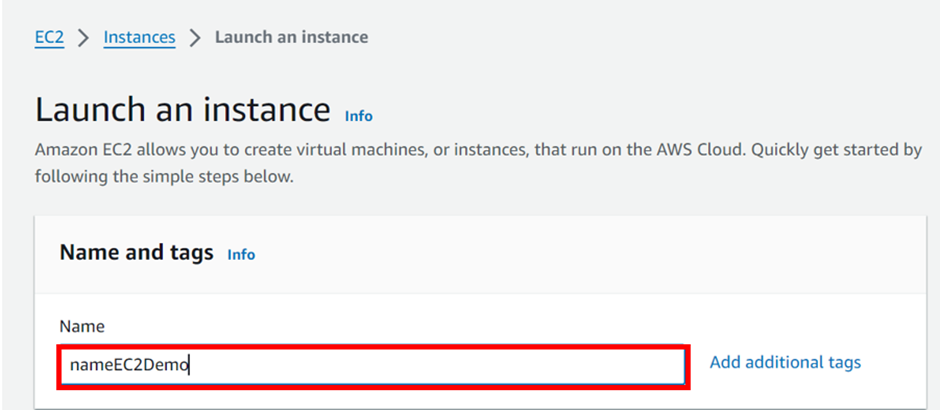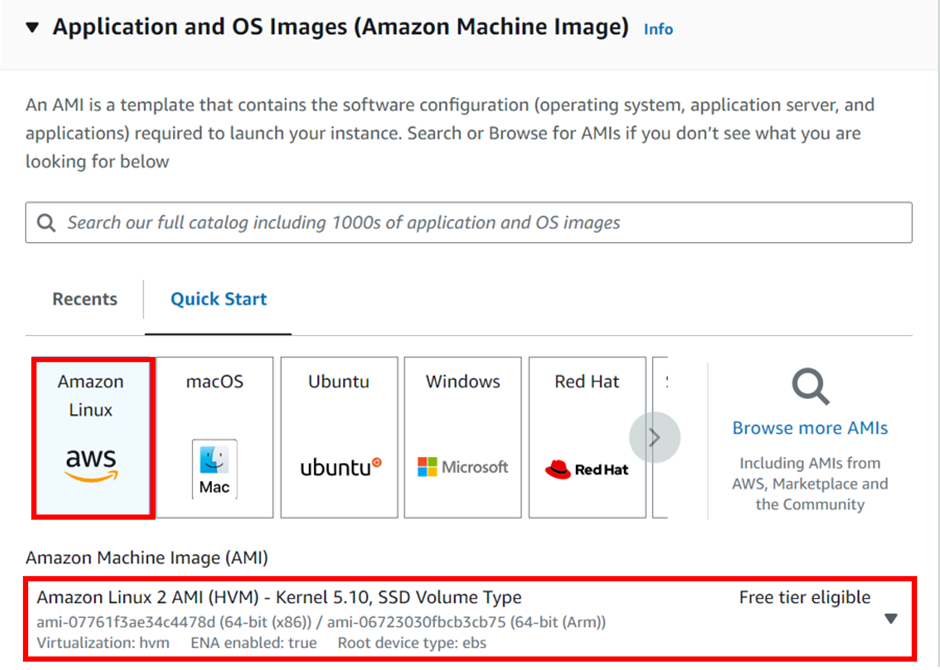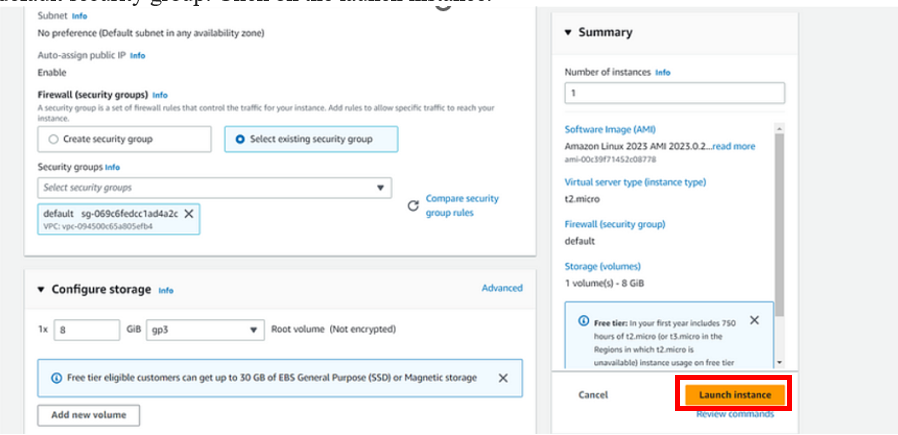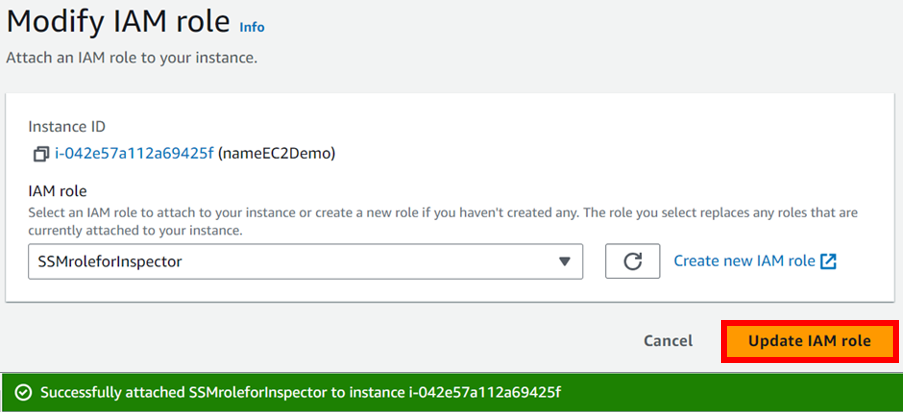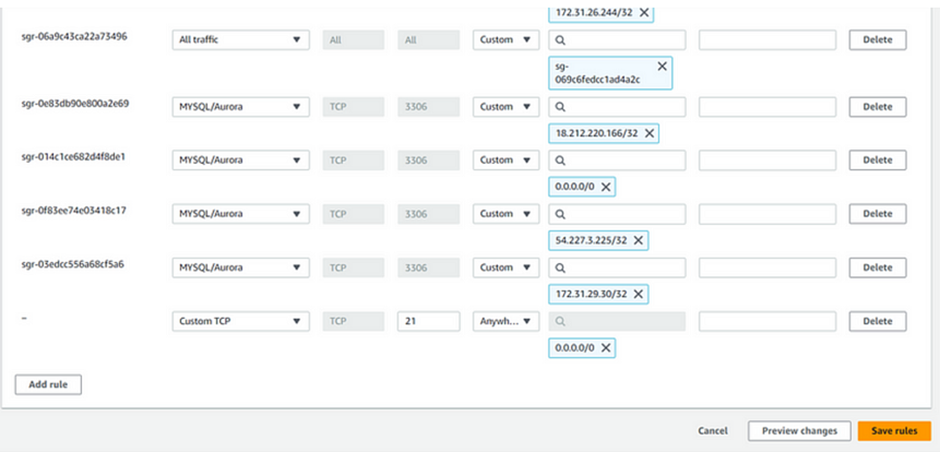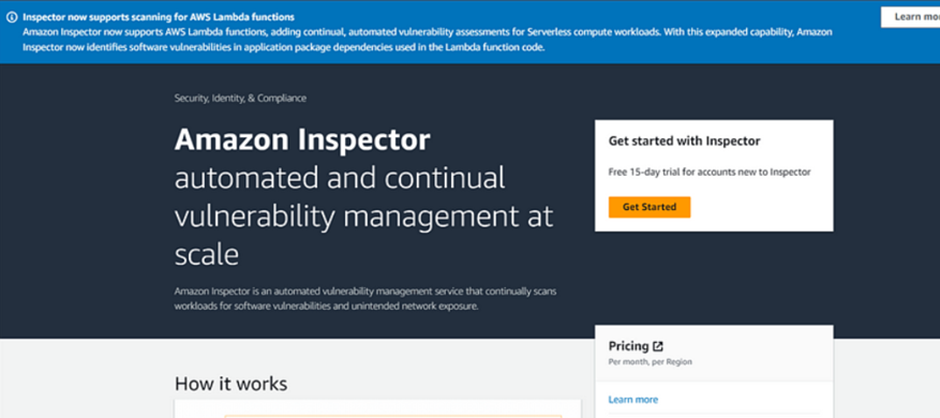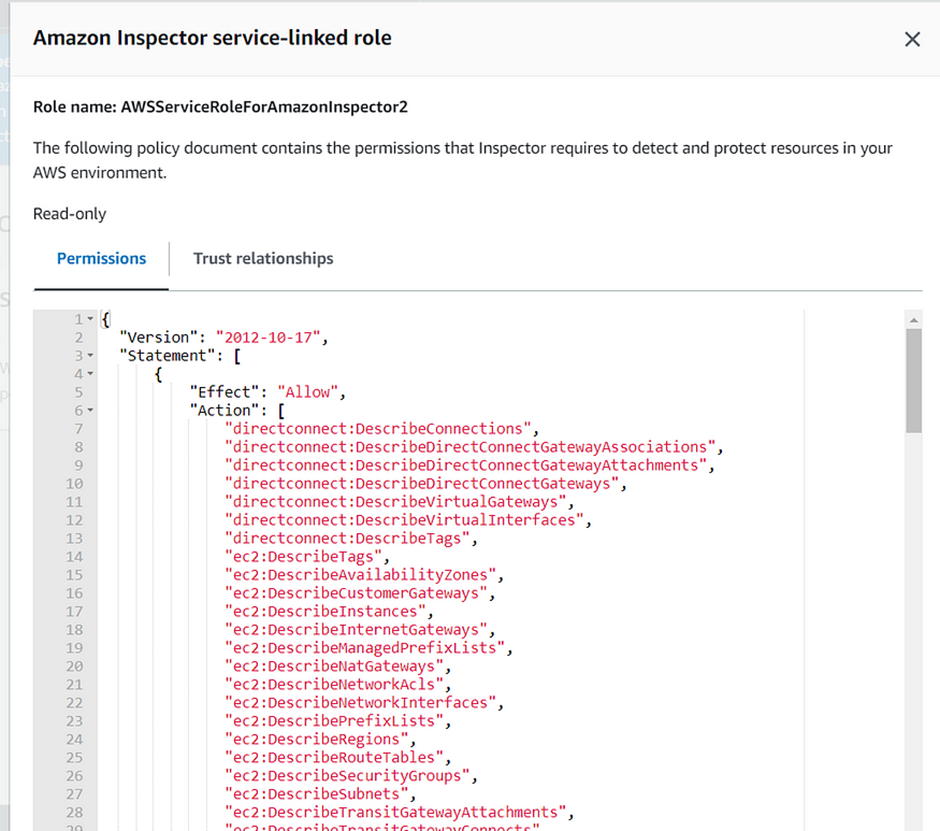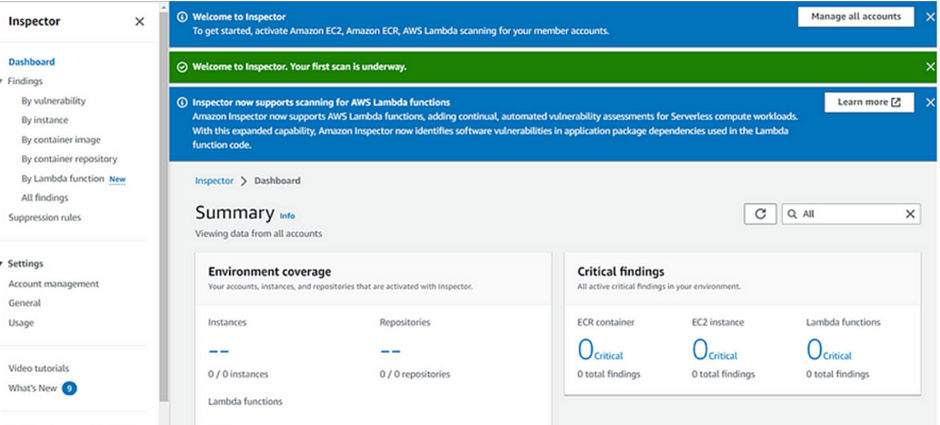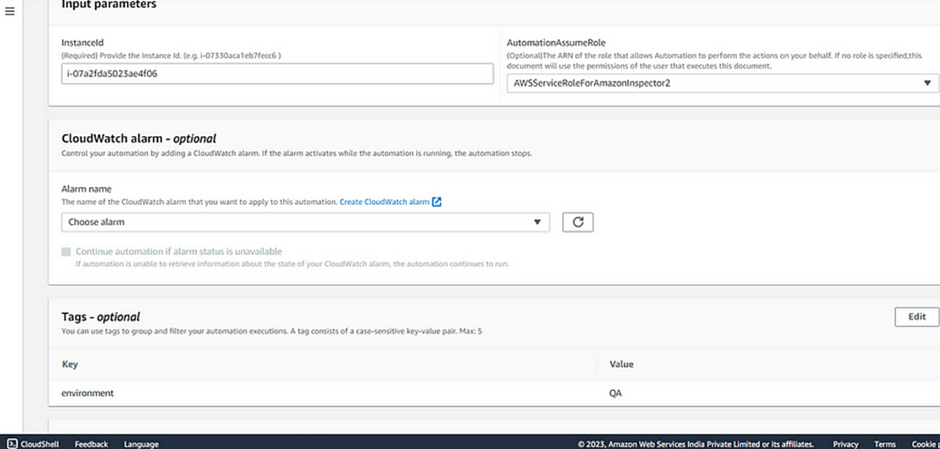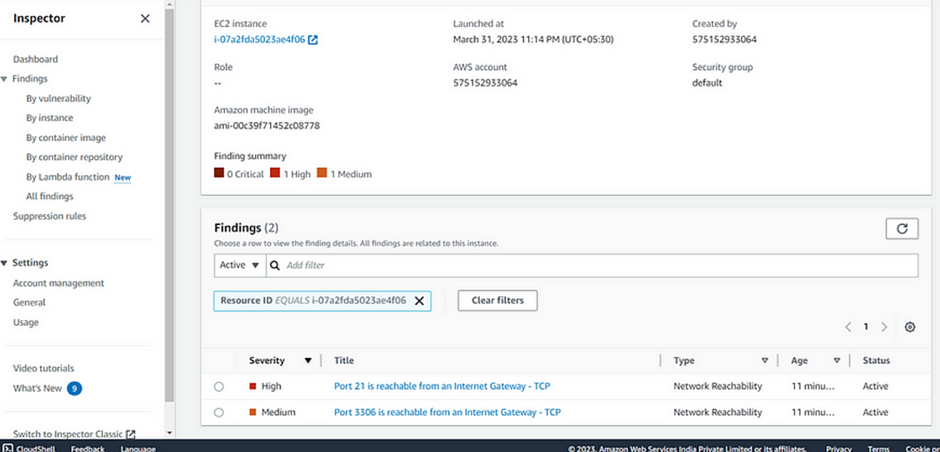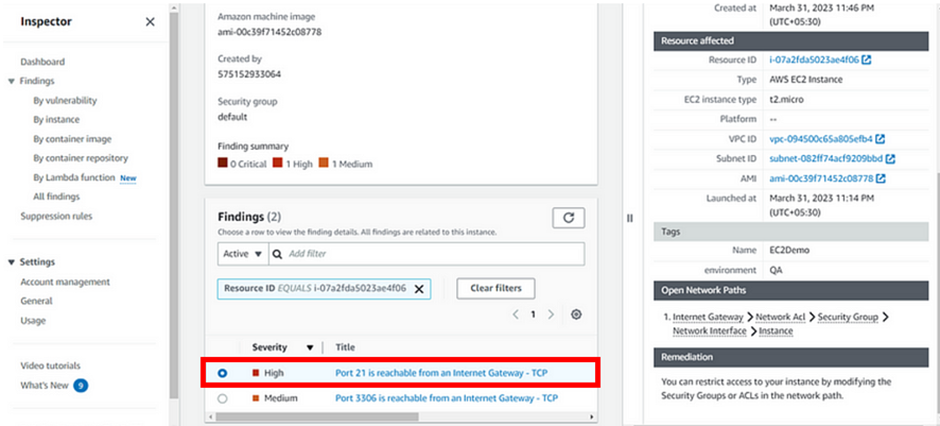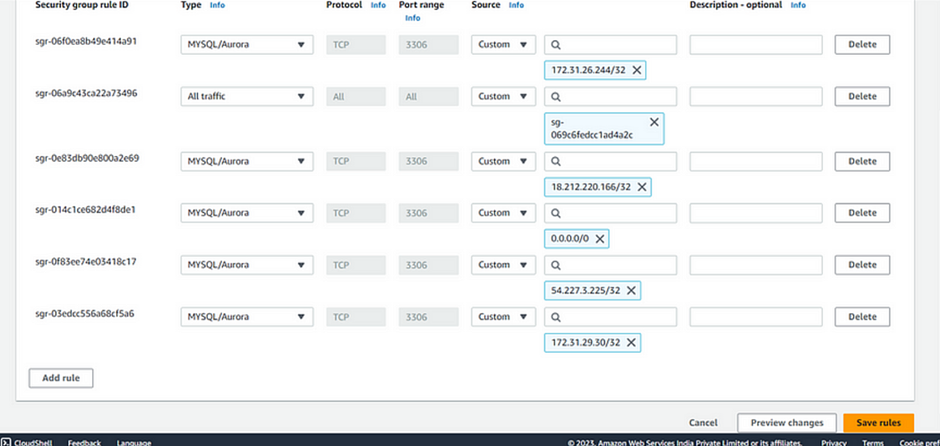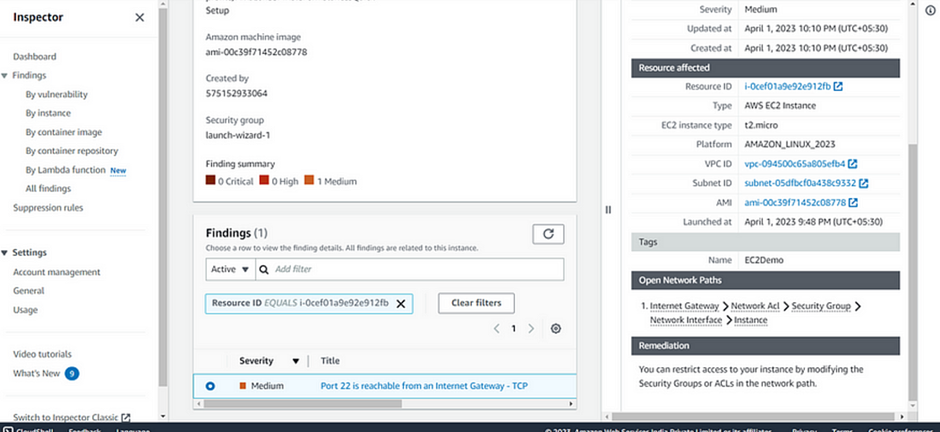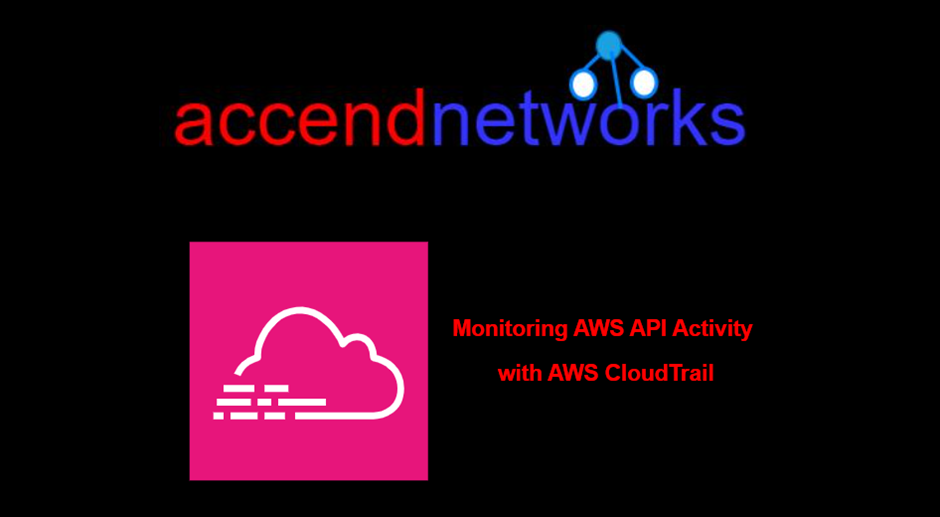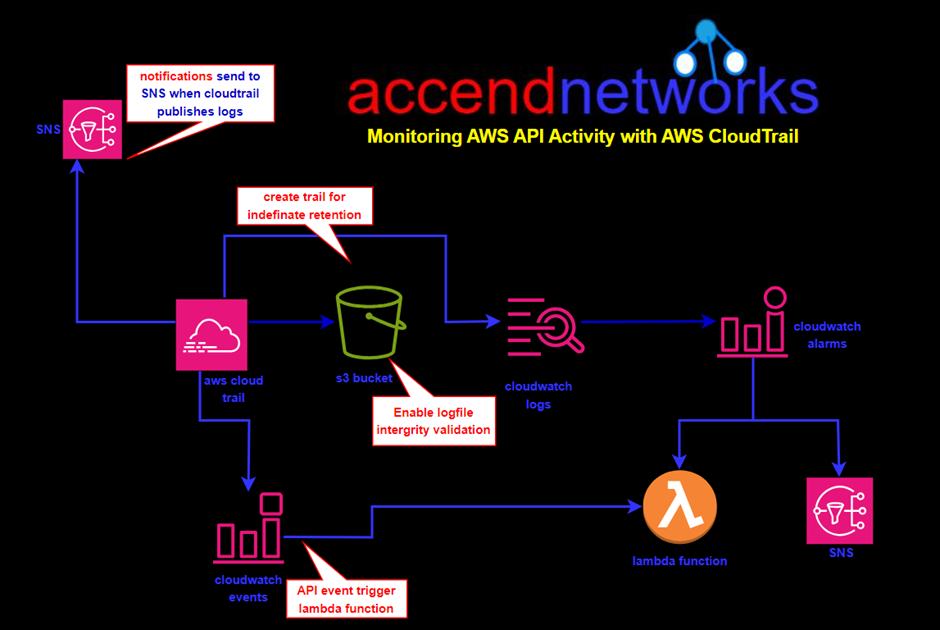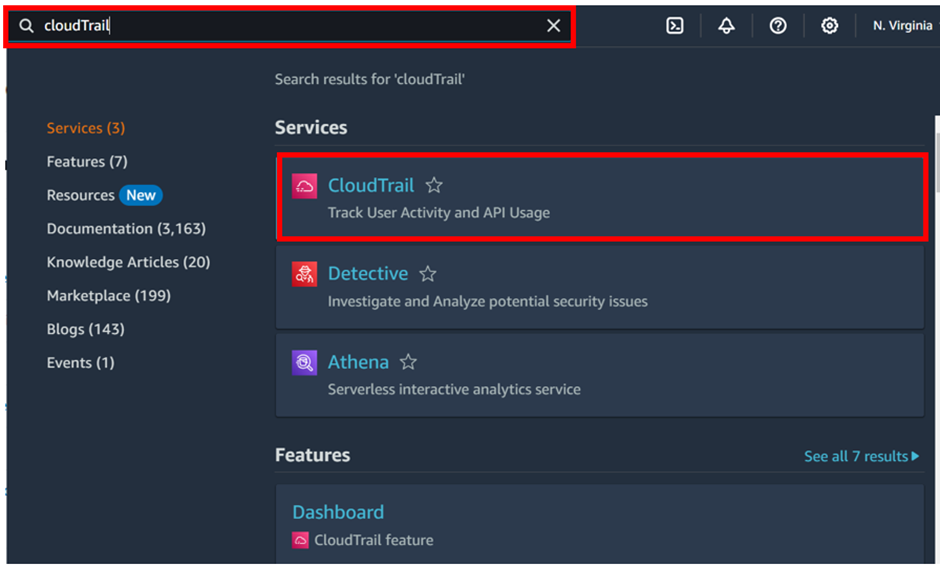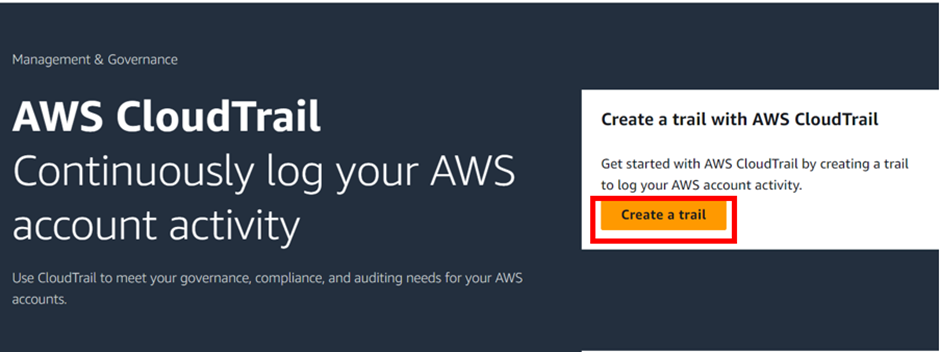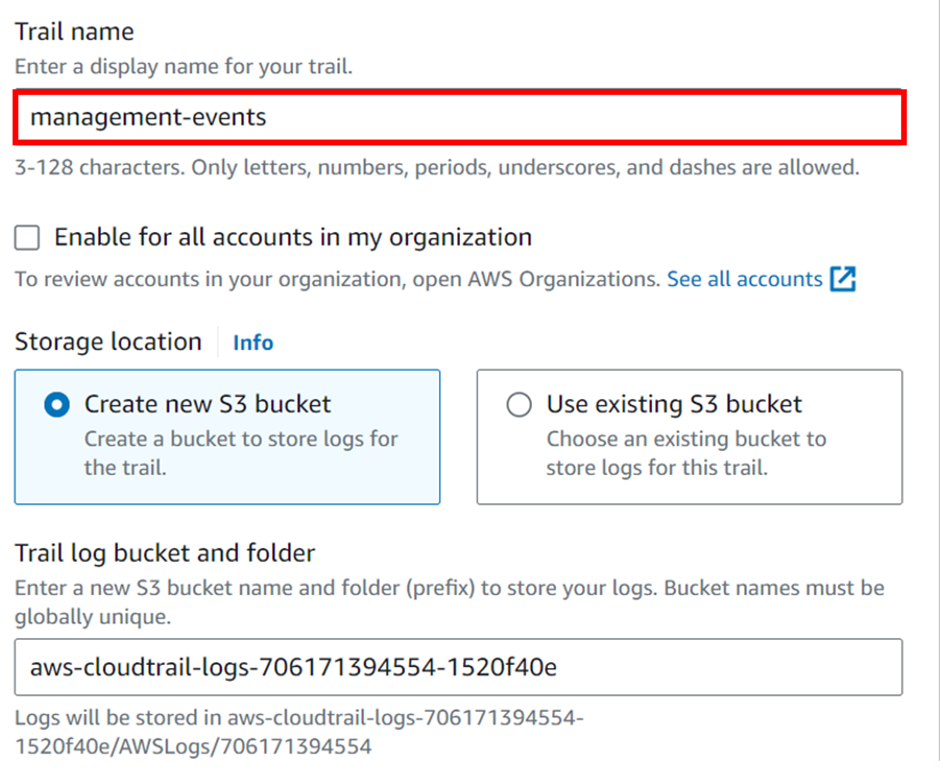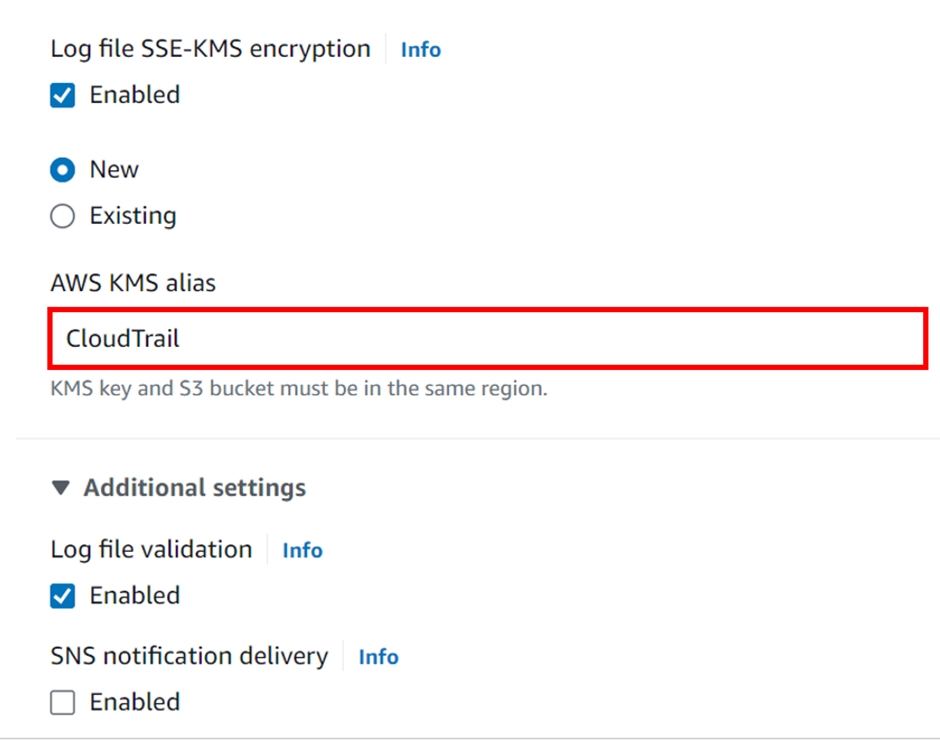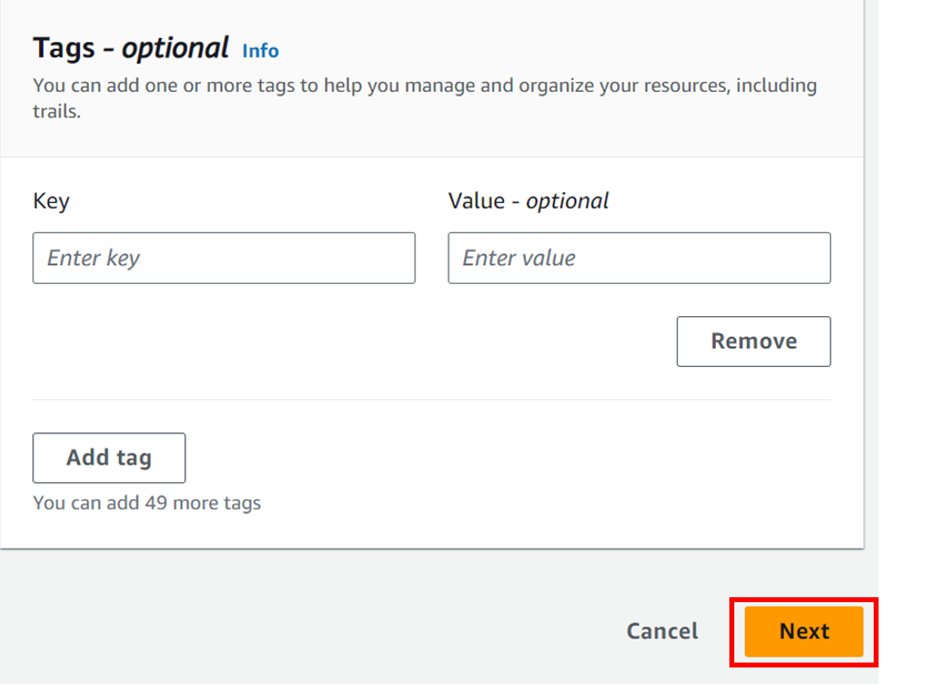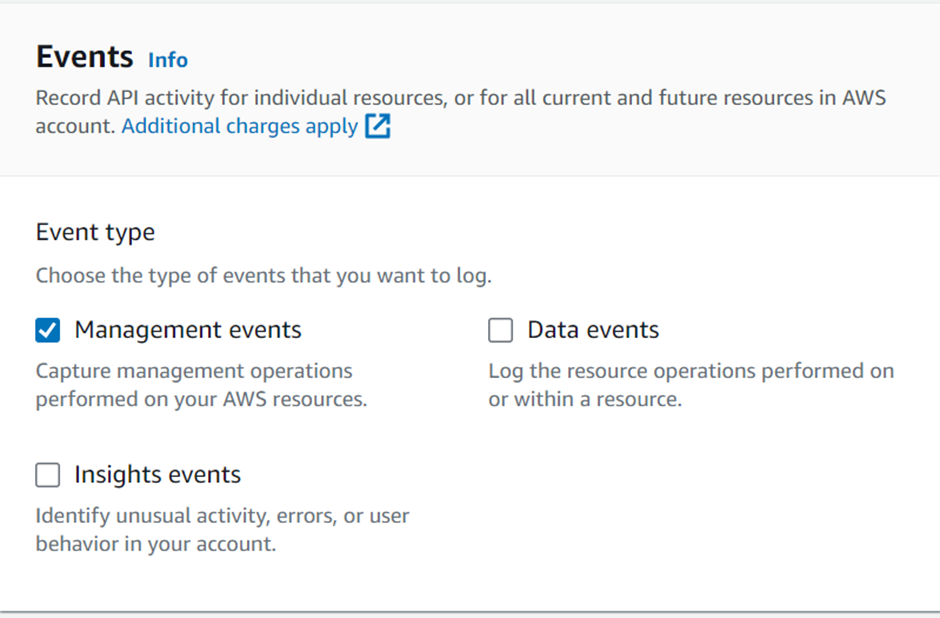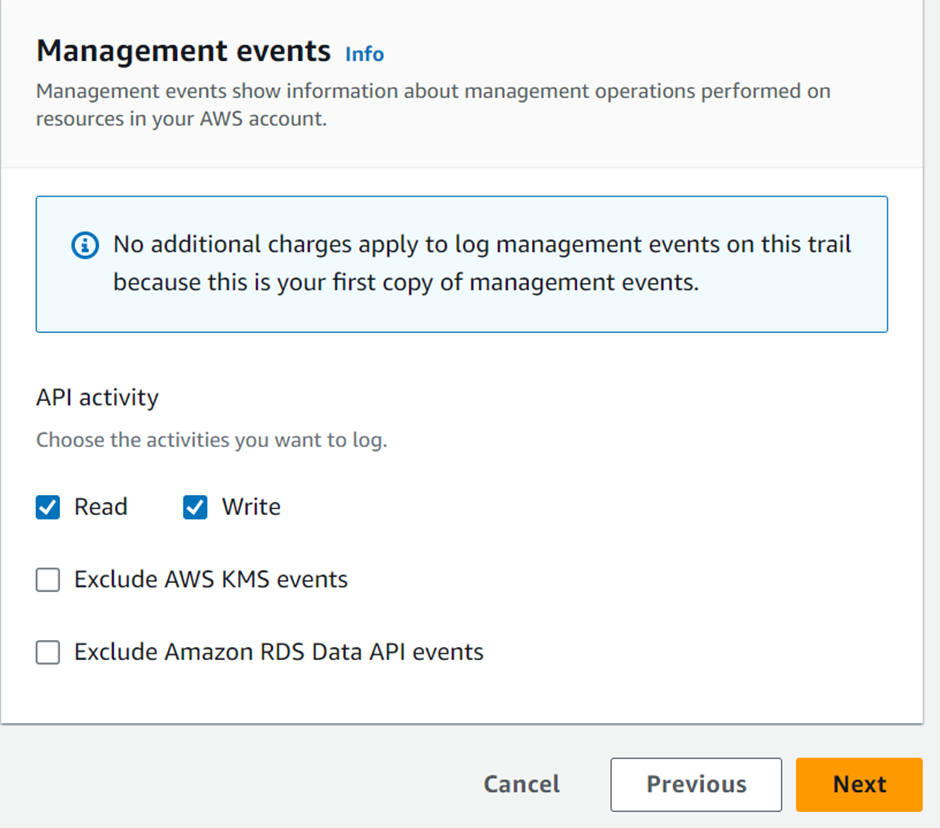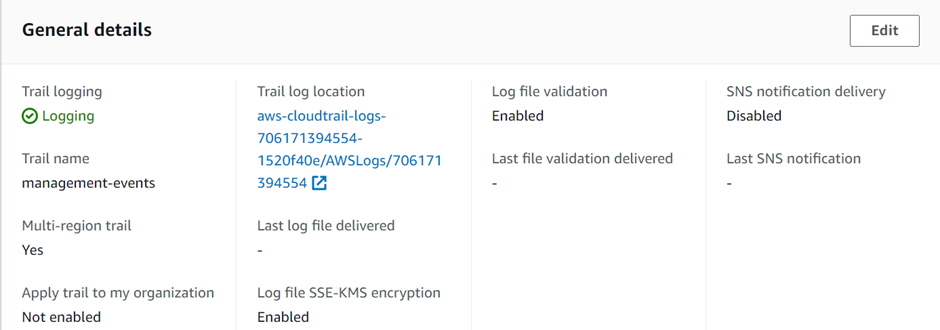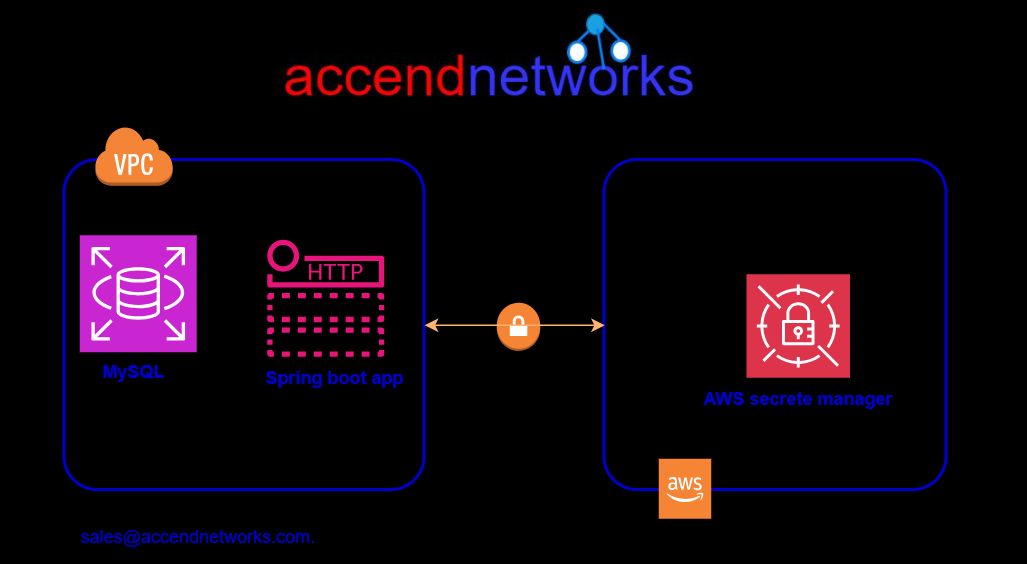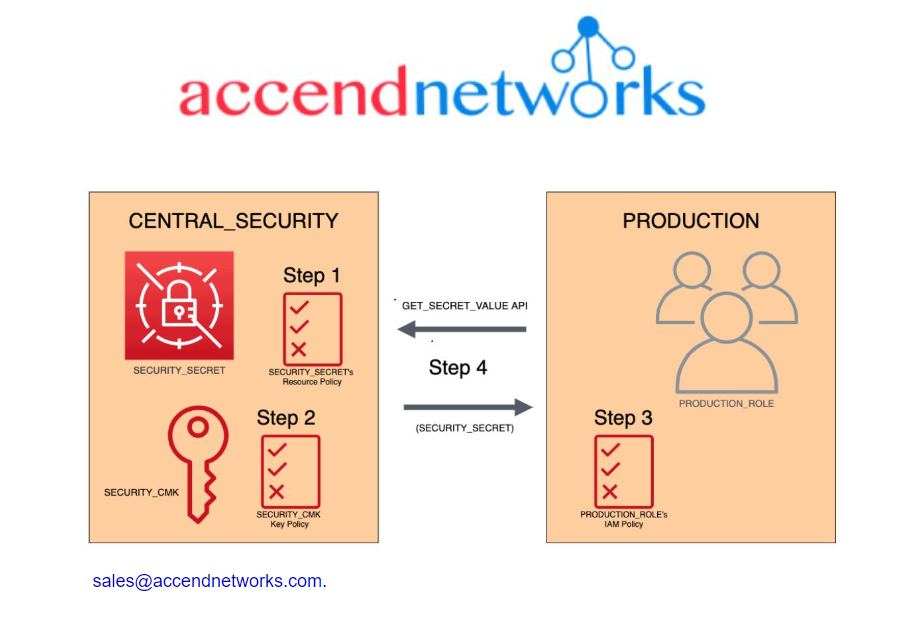How Amazon Macie Works
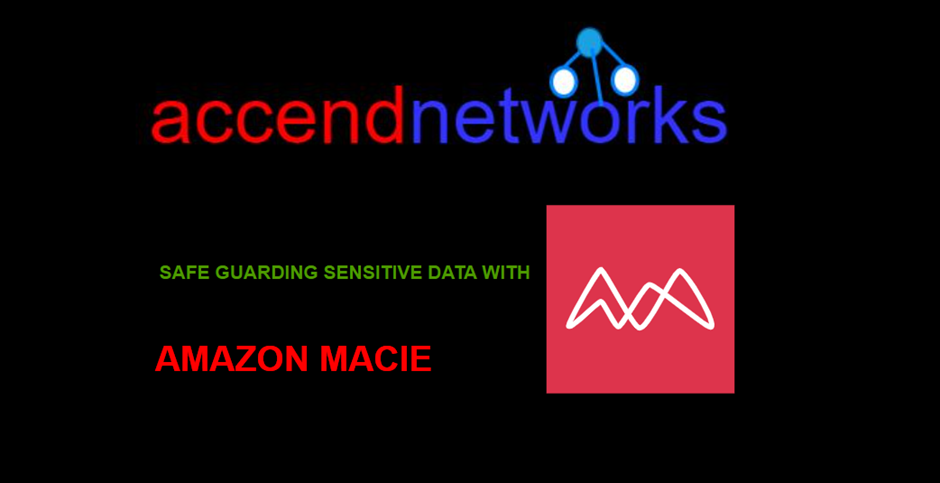
Introduction
As organizations grow, so do the volumes of sensitive data that need to be stored securely. Organizations must comply with the growing data privacy regulations and evolving guidance on protecting their sensitive data. This makes identifying and protecting sensitive data at scale complex, expensive and time consuming. Amazon Macie is a data security service to help you address these challenges. It discovers sensitive data using machine learning and pattern matching and provide visibility into data security risks and enables automated protection against those risks.
What is Amazon Macie?
Amazon Macie is a data security service that discovers sensitive data by using machine learning and pattern matching to automatically discover, classify, and protect sensitive data in Amazon Simple Storage Service (Amazon S3).

When you enable Macie, the service automatically provides an inventory of Amazon S3 buckets and identifies security risks, including buckets that are unencrypted, publicly accessible or shared outside your organization.

Macie automatically samples and analyzes objects in your s3 buckets, inspecting them for sensitive data such us personally identifiable information like names and credit card numbers.
Macie continually adds to its list of sensitive data types. You can also define your own data types to customize it to your unique business needs.
With multi account support using AWS organizations, you can view your data security posture across your s3 environment from a single Macie administrator account.
How does Macie work?
Within a few minutes after enabling Macie for your AWS account, Macie will generate your S3 bucket list in the region where you enabled it. It means Macie works at the region level. Macie will also begin to monitor the security and access control of the buckets. When it detects the risk of unauthorized access or any accidental data leakage, it generates detailed findings.
Macie provides this information to you directly. Macie also uses the information to calculate statistics and provide assessments about the security and privacy of your bucket inventory overall and individual buckets in your inventory. For example, you can find the total storage size and number of buckets in your inventory, the total storage size and number of objects in those buckets, and the total storage size and number of objects that Macie can analyse to detect sensitive data in the buckets.
Types of Amazon Macie findings
Policy Findings: Discover violations of security policies such us access Control, unauthorized access attempts, data not encrypted per policy and many more.
Sensitive Data Findings: Identify types of sensitive data such us PII (Personally Identifiable Information (e.g., SSN)), Financial Data (Financial information (e.g., credit card numbers)).
Use Cases of Amazon Macie
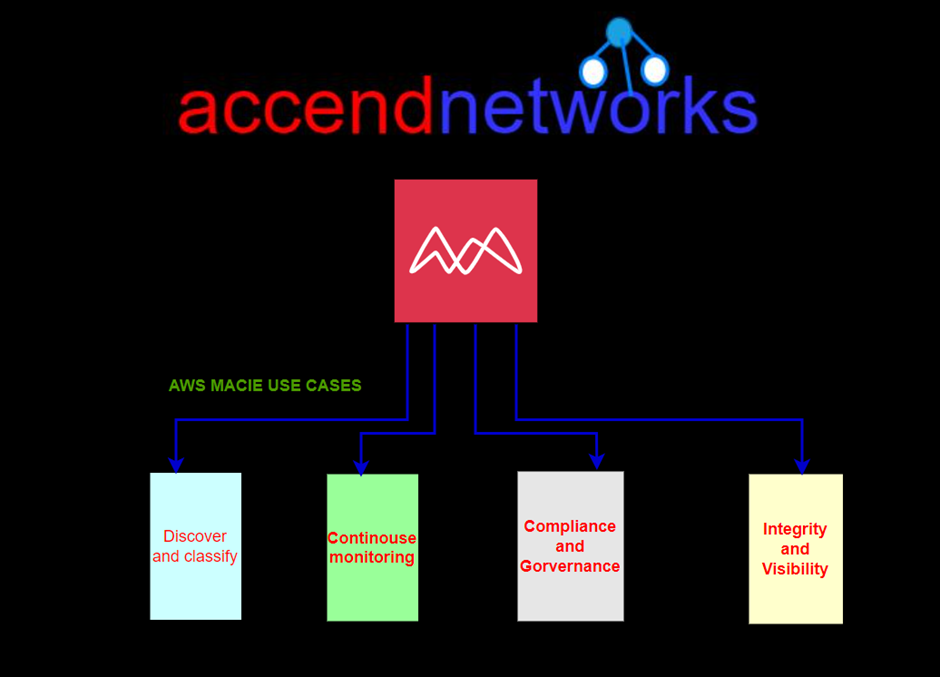
Data Discovery and Classification: Amazon Macie automatically scans the cloud storage, such as Amazon S3 buckets, to identify sensitive data.
Continuous Monitoring and Alerts: Amazon Macie continuously monitors data access and usage patterns, raising alerts for suspicious activities or potential data breaches.
Compliance and Governance: With Amazon Macie’s comprehensive audit trail and reporting capabilities, organizations can demonstrate compliance with data protection regulations, such as GDPR, CCPA, or HIPAA. simplifying compliance audits and ensuring adherence to data governance policies.
Integration with Security Hub and AWS Services: Amazon Macie seamlessly integrates with AWS Security Hub, allowing organizations to consolidate security findings from various services into a unified dashboard.
Custom Data Identifiers: Organizations can use custom data identifiers in Amazon Macie to create specific data patterns tailored to its unique business requirements.
Monitoring and processing Amazon Macie findings
Amazon Event Bridge
With Event Bridge, you can automate monitoring and processing of certain types of events, including events that Macie publishes for findings. To learn more about Event Bridge, see the Amazon Event Bridge User Guide.

AWS Security Hub
AWS Security Hub is a security service that provides you with a comprehensive view of your security state across your AWS environment. With Security Hub, you can review Macie findings as part of a broader analysis of your organization’s security posture. To learn more about Security Hub, see the AWS Security Hub User Guide.

Conclusion
Amazon Macie empowers organisations with unparalleled data security capabilities by automating data discovery, classification and monitoring. For organizations handling vast volumes of sensitive data in the cloud, Amazon Macie stands as a cornerstone, providing the cutting-edge tools needed to safeguard the foundation of their security.
This brings us to the end of this blog, thanks for reading and stay tuned for more.
If you have any questions concerning this article or have an AWS project that requires our assistance, please reach out to us by leaving a comment below or email us at sales@accendnetworks.com
Thank you!

